Parks Canada announced it will remove the historic Abbot Pass Refuge Cabin, which overlooks Lake O’Hara in Yoho National Park, in spring 2022, citing the effects that climate change has had on the area and visitor safety.
“Climate change and other environmental forces challenge the integrity of ecosystems and the condition of Parks Canada’s natural and cultural resources,” said Rick Kubian, Field Unit Superintendent Yoho/Kootenay/Lake Louise for Parks Canada.
“We’re taking action on a whole wide range of fronts, including invasive species, actions related to our assets and trying to protect our assets from the effects of climate change. There’s a wide range of areas that we’re working towards trying to mitigate for climate change.”
Slope erosion and glacial recession have caused structural damage to the hut, despite stabilization efforts and interventions made to preserve the structure in its location, stated Parks Canada.
READ MORE: 2 men, 14 peaks and 1 day: New limits reached in Rogers Pass
Parks Canada previously conducted geotechnical assessments and monitored the slope beneath the hut following reports of rockfall and erosion dating back to 2016. Slope stabilization was completed in 2018, which included installations of rock anchors for support.
However, the geotechnical assessment which concluded in 2021 found higher levels of erosion and new evidence that the entire hut had been impacted. The hut has been closed since 2021.
“It’s a sad day for all of us here today, we’re trying to take the best we can from a tough position,” Kubian said.
“I tend to be someone who tries to take the best from a tough situation and I’m hopeful that the piece that others are able to take is looking forward to the ability to commemorate the hut and recognize its significance.”
Removal of the hut is anticipated to be wrapped up by summer, with Kubian saying he does not believe it will impact the summer hiking season.
Kubian said that the intent is to remove all non-natural material from the site while leaving behind natural materials.
He explained they’re also exploring leaving behind a bit of a footprint of the hut, to commemorate it.
Parks Canada will explore ways to commemorate the historic site in a meaningful way and will consult with Indigenous groups, the Alpine Club of Canada, stakeholders and the public throughout the year to help identify options for continuing to commemorate the story of the Abbot Pass Hut and its importance to the history of architecture and mountaineering in Canada.
Built in 1922, with stones from the pass, the hut has served as a base for mountaineers and as a destination for strong hikers since then.
Sitting at 2,926 metres elevation, it is second only to the Neil Colgan Hut on the list of highest permanent structures in Canada. The hut is on the Continental Divide so the provincial and National Park borders run right down the middle of the hut.
The hut is a designated National Historic Site.
Plan your adventures throughout the West Coast at westcoasttraveller.com and follow us on Facebook and Instagram @thewestcoasttraveller. And for the top West Coast Travel stories of the week delivered right to your inbox, sign up for our weekly Armchair Traveller newsletter!

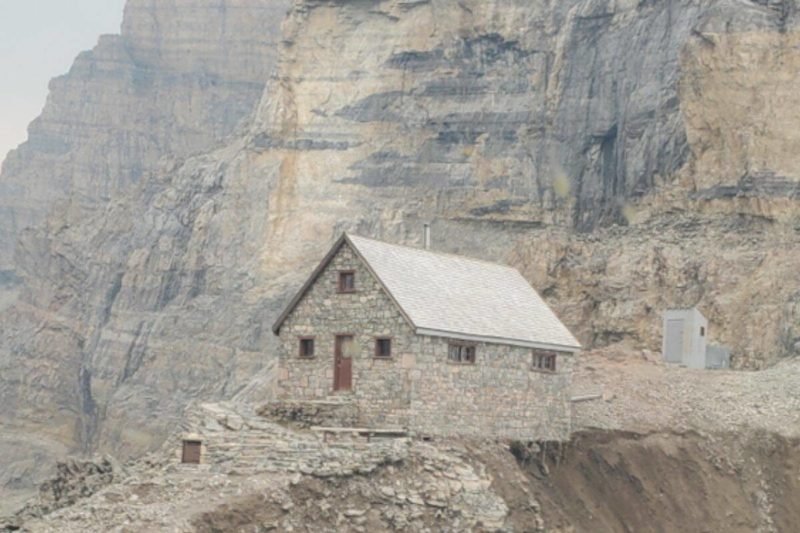
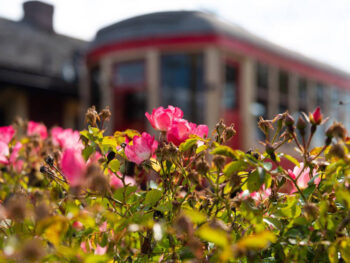




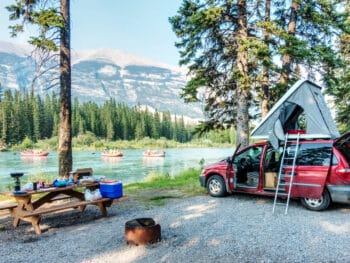

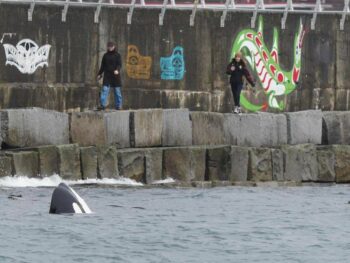
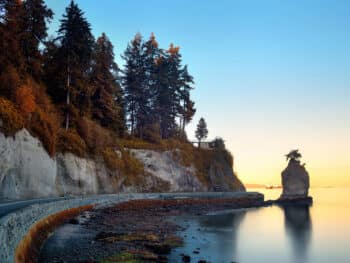
 Challenges remain, but Yukon tourism looking up for 2022 season
Challenges remain, but Yukon tourism looking up for 2022 season